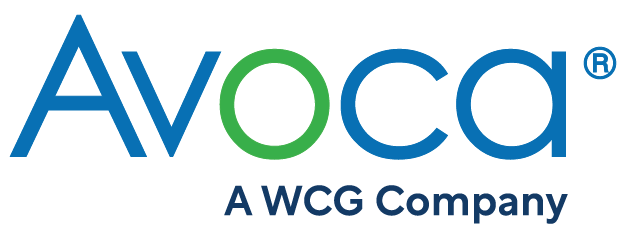Proactive Risk-Based Preparation for Inspections Moves Your Organization to a State of Readiness
When you browse through our recent blogs, you’ll notice risk-based inspections is a popular topic — from disparities between sponsor and provider expectations, as reported in our 2017 Avoca Industry Report, to a summary of inspection experiences. We continually hear that inspections are a major source of stress for companies involved in clinical trials. This is not surprising given the recent importance placed on risk-based inspection preparation in the International Council on Harmonisation (ICH) E6 (R2) guidelines as well as the tendency for companies to use reactive processes when preparing for an inspection. But, it doesn’t have to be that way, especially with the availability of industry-leading practices and resources to help with implementing a proactive approach to inspections – mitigating the associated pain points.
What Does it Mean to Use a Risk-Based Approach to Inspection Readiness?
To comply with regulatory inspections regarding risk-based inspection readiness, it’s essential that sponsors, providers, and clinical research sites proactively prepare for inspections from all regulatory bodies, but with a particular focus on the regions in which sponsors are seeking market authorization approval.
Risk-based inspection readiness involves an intentional, thoughtful, and systematic assessment and analysis of risks from the start of study, throughout the study conduct, and in the lead-up to an inspection. It involves the identification, evaluation, control, review, reporting, and communicating of risks, and especially those risks pertaining to inspections. The aim is always to focus on managing and mitigating the risks that will likely have the greatest impact should they manifest.
Where to Begin?
Each study stage has different activities and therefore different risks, so the focus of the quality activities will change throughout the study. For example, at the start of the study, the focus should be on identifying risks related to study critical data and processes. During study conduct, focus will shift to the quality assessment outputs and to managing and (re)evaluating predicted and/or emerging risks. Closer to the time of inspection, attention will need to focus primarily on inspection preparation activities to ensure sites are prepared.
Build, Share, and Learn
To identify relevant risks, it helps to build on what’s already known in your organization and leverage the collective knowledge of industry consortia such as the Avoca Quality Consortium (AQC)®. Using these resources, you can establish a framework of risks that require attention at all levels: system, clinical trial program, and study/trial execution. An “Active Lessons Learned” process can be used to share experiences and learnings across the organization, and a particular focus should be given to data quality and patient safety, which are always at the forefront of inspections. All this needs to be supported by an organizational culture of quality and continuous learning.
Conduct and Act on Quality Assessments
Conduct regular quality assessments to identify areas of high risk within your Quality Management System (QMS). Use the outputs of these assessments to thoroughly prepare explanations for any deficiencies and/or areas of complexity and risk. These can be documented in ways that help employees prepare for inspections.
Using these suggestions, which are described further in our white paper, Risk-Based Inspection Readiness: Reducing Headaches with Advanced Preparation, allows your organization to move toward a steady state of inspection readiness that is supported by confident, knowledgeable staff. Then, inspections lose their disruptive characteristics and become a normal part of business.
Download the White Paper >> |
